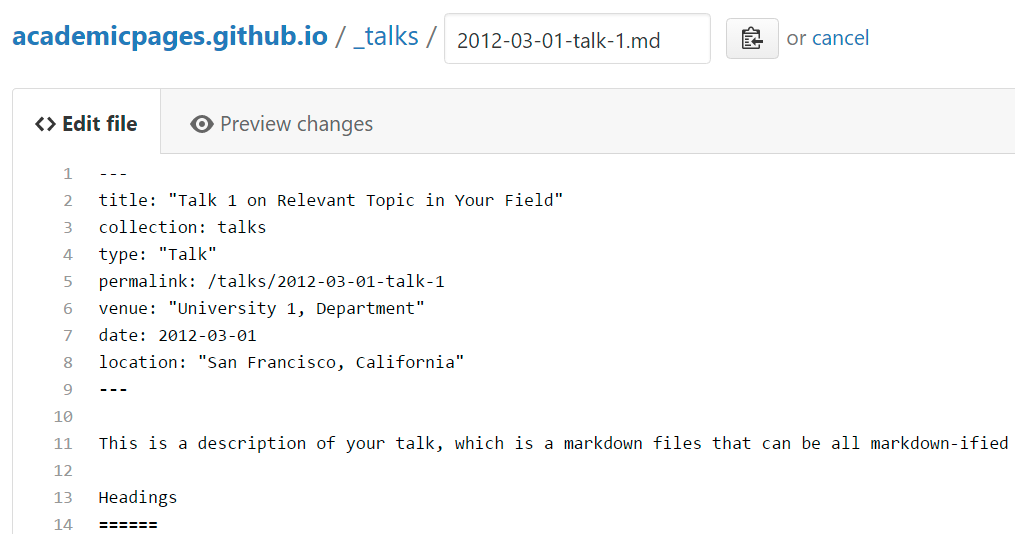About
This site is no longer in use. Please visit my new website at here
Hi there! I’m Zheng Li and you can call me Jimmy if you want. Currently, I’m a sophomore student majoring in Electrical and Computer Engineering from University of Michigan-Shanghai Jiao Tong University Joint Institute (UM-SJTU JI or JI in short). Since I’m currently enrolled in the dual degree program of JI, I will go to the University of Michigan (UM) in the coming fall semester and my major in UM is Computer Science. Besides engineering, I’m also interested in Business so I’m also planning to get the minor in Entrepreneurship in JI.
In order to put what I learnt into real practice, I joined Turingo as a software engineer intern and did research about light storage chips last year. The group that I was in used fused silica as the raw material to make storage chips and used light to “write” the data into the chips. The 3-month internship really widened my horizon and I found that what I learnt in school is actually quite different from the real industrial practice.
With interest in business, I joined the JI Center for Entrepreneurship (CFE) in my freshman year. As a student assistant in CFE, I’ve participated in several research projects. In 2021, I cooperated with researchers from Australia in a research program about technology integration in education and wrote a paper. Currently I’m working on a project about information technologies for autistic children with other members of CFE. I hope what I’m doing now can really benefit these autistic children and make the world a better place.
Besides academic research, I also enjoy tutoring others. I’m a Teaching Assistant (TA) for the course VP160 Honor Physics this semester and I need to give recitation classes and open office hours to the students enrolled in VP160 on a weekly basis. In addition, I’m also a writing consultant for JI Writing Center and I led a group of writing consultants in the embedded program of the course VY200 Academic Writing to help students improve their writing skills. Although these jobs take me a lot of time, it is really rewarding when I see that other students make some improvements through my work.
Outside academia, I’m keen on running and I’m a team member of SJTU’s Running Team. Although I’m not a professional runner, I’ve won several medals since high school. While bringing some physical benefits to me, running also trains my perseverance, which is essential for my self-development.
If you find that you share the same interests with me, feel free to contact me through lizheng-jimmy@sjtu.edu.cn
Data
Like many other Jekyll-based GitHub Pages templates, academicpages makes you separate the website’s content from its form. The content & metadata of your website are in structured markdown files, while various other files constitute the theme, specifying how to transform that content & metadata into HTML pages. You keep these various markdown (.md), YAML (.yml), HTML, and CSS files in a public GitHub repository. Each time you commit and push an update to the repository, the GitHub pages service creates static HTML pages based on these files, which are hosted on GitHub’s servers free of charge.
Many of the features of dynamic content management systems (like Wordpress) can be achieved in this fashion, using a fraction of the computational resources and with far less vulnerability to hacking and DDoSing. You can also modify the theme to your heart’s content without touching the content of your site. If you get to a point where you’ve broken something in Jekyll/HTML/CSS beyond repair, your markdown files describing your talks, publications, etc. are safe. You can rollback the changes or even delete the repository and start over – just be sure to save the markdown files! Finally, you can also write scripts that process the structured data on the site, such as this one that analyzes metadata in pages about talks to display a map of every location you’ve given a talk.
Getting started
- Register a GitHub account if you don’t have one and confirm your e-mail (required!)
- Fork this repository by clicking the “fork” button in the top right.
- Go to the repository’s settings (rightmost item in the tabs that start with “Code”, should be below “Unwatch”). Rename the repository “[your GitHub username].github.io”, which will also be your website’s URL.
- Set site-wide configuration and create content & metadata (see below – also see this set of diffs showing what files were changed to set up an example site for a user with the username “getorg-testacct”)
- Upload any files (like PDFs, .zip files, etc.) to the files/ directory. They will appear at https://[your GitHub username].github.io/files/example.pdf.
- Check status by going to the repository settings, in the “GitHub pages” section
Site-wide configuration
The main configuration file for the site is in the base directory in _config.yml, which defines the content in the sidebars and other site-wide features. You will need to replace the default variables with ones about yourself and your site’s github repository. The configuration file for the top menu is in _data/navigation.yml. For example, if you don’t have a portfolio or blog posts, you can remove those items from that navigation.yml file to remove them from the header.
Create content & metadata
For site content, there is one markdown file for each type of content, which are stored in directories like _publications, _talks, _posts, _teaching, or _pages. For example, each talk is a markdown file in the _talks directory. At the top of each markdown file is structured data in YAML about the talk, which the theme will parse to do lots of cool stuff. The same structured data about a talk is used to generate the list of talks on the Talks page, each individual page for specific talks, the talks section for the CV page, and the map of places you’ve given a talk (if you run this python file or Jupyter notebook, which creates the HTML for the map based on the contents of the _talks directory).
Markdown generator
I have also created a set of Jupyter notebooks that converts a CSV containing structured data about talks or presentations into individual markdown files that will be properly formatted for the academicpages template. The sample CSVs in that directory are the ones I used to create my own personal website at stuartgeiger.com. My usual workflow is that I keep a spreadsheet of my publications and talks, then run the code in these notebooks to generate the markdown files, then commit and push them to the GitHub repository.
How to edit your site’s GitHub repository
Many people use a git client to create files on their local computer and then push them to GitHub’s servers. If you are not familiar with git, you can directly edit these configuration and markdown files directly in the github.com interface. Navigate to a file (like this one and click the pencil icon in the top right of the content preview (to the right of the “Raw | Blame | History” buttons). You can delete a file by clicking the trashcan icon to the right of the pencil icon. You can also create new files or upload files by navigating to a directory and clicking the “Create new file” or “Upload files” buttons.
Example: editing a markdown file for a talk 
For more info
More info about configuring academicpages can be found in the guide. The guides for the Minimal Mistakes theme (which this theme was forked from) might also be helpful.
